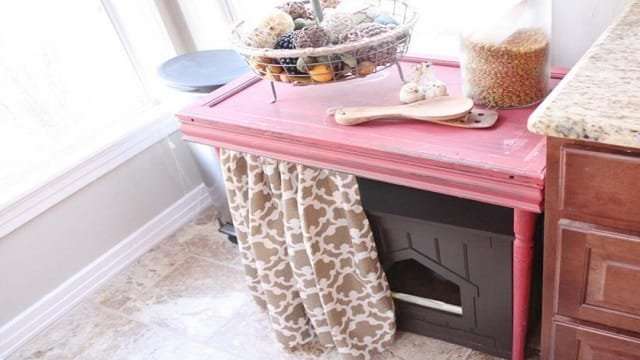
Burmese cat Alan could barely breathe when he was referred for the operation to widen a collapsed windpipe
CAMBRIDGESHIRE, UK - A cat who had life-threatening breathing problems has been saved by vets using a stent to open its windpipe, in what was described as an “innovative” operation.
Alan, who is a 10-year-old Burmese from Skipton, was fitted with the tube by vet surgeons in Cambridgeshire.
Using a technique the vets said has not been done before in cats in the UK, they opened his trachea with a stent made from a metal alloy.
Alan’s owner, who paid $5,600 to save him, said he was “delighted”.
The cat was referred as an emergency case by his vet in North Yorkshire to surgeons at Dick White Referrals in Six Mile Bottom.
They suspected Alan’s trachea had somehow become obstructed and without intervention his breathing difficulties “would be life-threatening”.
‘Memory-metal’
He was diagnosed with tracheal stenosis (narrowing), which is described by the vets as “an uncommon condition”. It left Alan barely able to get any oxygen through his windpipe - which had narrowed to just 2mm in some sections - to his lungs.
Alan could either undergo surgery which might leave him with scar tissue causing even further narrowing of the trachea, or vets could try a less invasive procedure used for some time in humans.
Vets used interventional radiology (IR), which uses imaging techniques as a way to guide a mechanically woven stent (a wire mesh tube) made of a “memory-metal” alloy into the cat’s windpipe.
The nickel/titanium alloy - a material which was originally developed by the US Navy - can be formed into a variety of medically useful shapes for use in the body, vet Jon Wray said.
Once released the stent re-forms to its original shape, although while it had been inserted the cat was unable to breathe at all.
The operation went well and Alan has since been sent home where he is expected to make a full recovery
His “oxygen saturation had fallen to life-threatening levels”, Mr Wray said, although as soon as the stent opened they were able to climb rapidly.
The stent took “just seconds” to insert although Alan the cat was on the operating table for about 30 minutes.
Two weeks after the operation the Burmese is recovering nicely in Skipton.
Owner Ian Mills said the family was simply “delighted to have Alan back home with us”.


